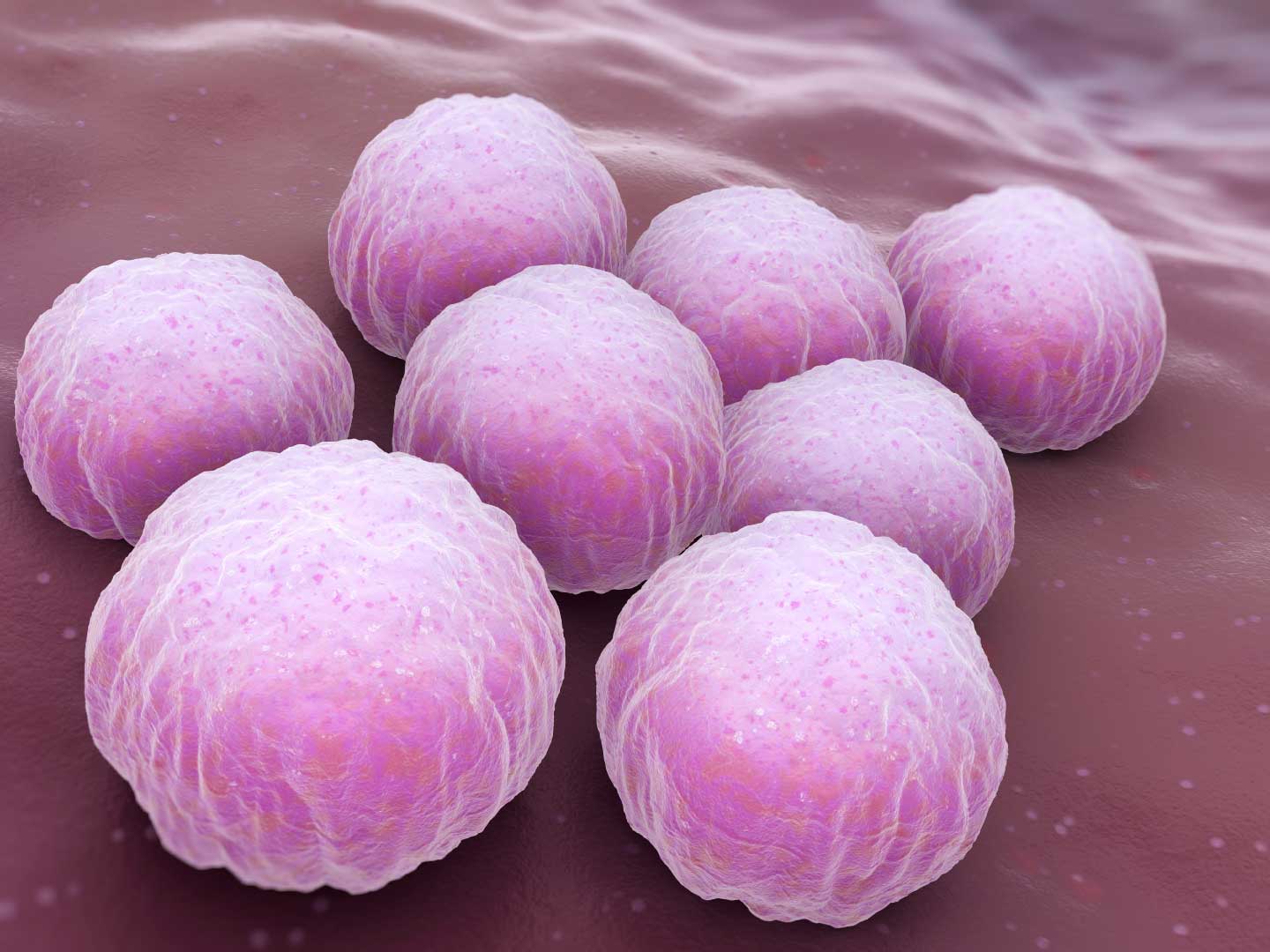Chlamydia in the Philippines: Symptoms, Testing, and Treatment
28376
Chlamydia infection in its early stages is typically asymptomatic. In other words, many people with chlamydia may not experience any symptoms.

Chlamydia infection in its early stages is typically asymptomatic. In other words, many people with chlamydia may not experience any symptoms.